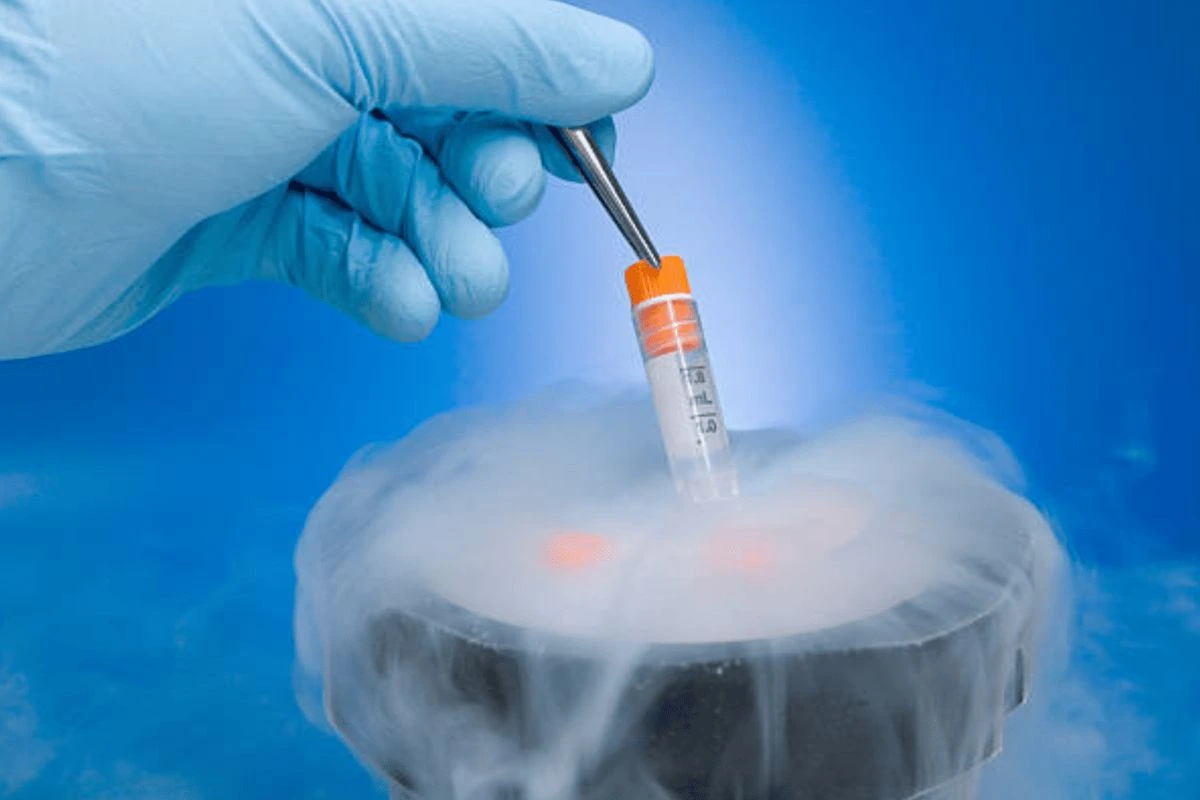Fertility Preservation Procedures | Fertility Point Clinic

Fertility preservation is an important option for individuals and couples who wish to delay parenthood for medical, personal, or professional reasons. The procedure involves safeguarding reproductive tissues—such as eggs, sperm, or embryos—so that they can be used in the future to conceive a child. Fertility preservation is particularly important for individuals undergoing medical treatments like chemotherapy, which can affect fertility, or for those who wish to delay parenthood until a later stage in life. We will explore the various fertility preservation methods, their importance, and why choosing the Best Fertility Clinic in Kenya is essential for successful outcomes.
Fertility Preservation - What You Need to Know | Fertility Experts
Fertility preservation encompasses a range of techniques aimed at protecting an individual's or couple's ability to conceive in the future. The choice of procedure depends on several factors, including the individual's age, medical condition, and the reason for preserving fertility. The main options for fertility preservation include:
-
Egg Freezing (Oocyte Cryopreservation)
-
Sperm Freezing (Semen Cryopreservation)
-
Embryo Freezing
-
Ovarian Tissue Freezing
-
Testicular Tissue Freezing
Each of these procedures involves specific steps and considerations, which we will discuss in detail.
1. Egg Freezing (Oocyte Cryopreservation)
Egg freezing is one of the most common methods of fertility preservation, particularly for women who wish to delay childbearing or are undergoing medical treatments that could affect their fertility, such as chemotherapy.
Procedure:
-
Initial Consultation: The process begins with an initial consultation at our Fertility Clinic at, fortis suites, Upper Hill, Nairobi where the patient undergoes a thorough medical evaluation. This includes blood tests to assess hormone levels and an ultrasound to examine the ovaries.
-
Ovarian Stimulation: To retrieve multiple eggs, the patient undergoes ovarian stimulation, which involves daily hormone injections for about 10-14 days. These hormones stimulate the ovaries to produce multiple eggs in one cycle, rather than the usual one egg.
-
Monitoring: Throughout the stimulation phase, the patient is closely monitored with blood tests and ultrasounds to track the development of the follicles (fluid-filled sacs that contain the eggs).
-
Egg Retrieval: Once the follicles have matured, a trigger injection is given to prepare the eggs for retrieval. The eggs are then collected through a minor surgical procedure called transvaginal ultrasound aspiration. This is typically done under sedation, and a needle is used to retrieve the eggs from the ovaries.
-
Cryopreservation: The retrieved eggs are frozen using a method called vitrification, which involves rapidly cooling the eggs to prevent the formation of ice crystals. The frozen eggs are then stored in liquid nitrogen at very low temperatures until the patient is ready to use them.
Duration: The entire process from ovarian stimulation to egg retrieval typically takes about 2-3 weeks.
Success Rates: The success of egg freezing largely depends on the age at which the eggs are frozen. Younger eggs generally have a higher chance of leading to a successful pregnancy when thawed and fertilized.
2. Sperm Freezing (Semen Cryopreservation)
Sperm freezing is a straightforward and effective method of fertility preservation for men. It is commonly used by men undergoing treatments such as chemotherapy or radiation therapy that could impair sperm production, as well as by those who wish to preserve their fertility for future use.
Procedure:
-
Initial Consultation: The process begins with a consultation and a semen analysis to assess the quality and quantity of sperm.
-
Sperm Collection: The patient provides a semen sample through masturbation. In cases where sperm retrieval through masturbation is not possible, surgical methods such as testicular sperm extraction (TESE) may be used.
-
Cryopreservation: The collected sperm is mixed with a cryoprotectant to protect it during freezing. The sample is then divided into multiple vials and frozen using a slow-freezing or vitrification method. The vials are stored in liquid nitrogen until they are needed.
Duration: The process of sperm freezing can be completed in a single day.
Success Rates: Sperm can be stored for many years without losing viability. The success of using frozen sperm depends on factors such as sperm quality and the method of fertilization used when the sperm is thawed.
3. Embryo Freezing
Embryo freezing is an option for couples or individuals who have fertilized eggs (embryos) that they wish to preserve for future use. This method is often used by couples undergoing IVF who have additional embryos after a successful cycle.
Procedure:
-
Ovarian Stimulation and Egg Retrieval: The process begins similarly to egg freezing, with ovarian stimulation, monitoring, and egg retrieval.
-
Fertilization: After retrieval, the eggs are fertilized with sperm in a laboratory setting using conventional IVF or intracytoplasmic sperm injection (ICSI).
-
Embryo Culture: The fertilized eggs (now embryos) are cultured in the lab for several days, typically until they reach the blastocyst stage (day 5 or 6).
-
Cryopreservation: The viable embryos are frozen using vitrification and stored in liquid nitrogen for future use.
Duration: The entire process from ovarian stimulation to embryo freezing takes about 3-4 weeks.
Success Rates: Embryos have a high survival rate during freezing and thawing, and frozen embryos can result in successful pregnancies years later.
4. Ovarian Tissue Freezing
Ovarian tissue freezing is an experimental procedure primarily used for young girls who have not yet reached puberty or for women who cannot undergo ovarian stimulation. It involves freezing a portion of ovarian tissue containing immature eggs.
Procedure:
-
Tissue Removal: A portion of the ovarian cortex, which contains the eggs, is surgically removed through laparoscopy.
-
Cryopreservation: The ovarian tissue is cut into small strips and frozen using a slow-freezing method.
-
Reimplantation: When the patient is ready to conceive, the frozen tissue can be thawed and reimplanted into the ovary or another location in the body. This can restore natural fertility and hormone production.
Duration: The procedure takes a few days, including surgical removal and freezing.
Success Rates: Ovarian tissue freezing is still considered experimental, but it has successfully restored fertility in some women.
5. Testicular Tissue Freezing
Testicular tissue freezing is an option for prepubescent boys or men who are unable to produce sperm due to medical conditions or treatments. This procedure involves freezing small samples of testicular tissue that contain sperm-producing cells.
Procedure:
-
Tissue Removal: A small sample of testicular tissue is surgically removed.
-
Cryopreservation: The tissue is frozen using a slow-freezing method.
-
Future Use: The frozen tissue can be thawed in the future, and sperm cells can be extracted and used for fertilization.
Duration: The process is similar to ovarian tissue freezing and can be completed in a few days.
Success Rates: Testicular tissue freezing is experimental, but it offers hope for future fertility preservation in boys and men.
Conclusion
Fertility preservation is a valuable option for individuals and couples who wish to protect their future fertility, whether due to medical treatments, age, or personal reasons. The procedures involved—egg freezing, sperm freezing, embryo freezing, ovarian tissue freezing, and testicular tissue freezing—are designed to safeguard reproductive potential until the individual is ready to conceive. For those considering fertility preservation, choosing the Best Fertility Clinic in Kenya is crucial for accessing expert care, advanced technology, and a supportive environment. These factors play a significant role in achieving successful outcomes. By understanding these procedures and partnering with skilled professionals, you can confidently take steps to preserve your fertility for the future.
